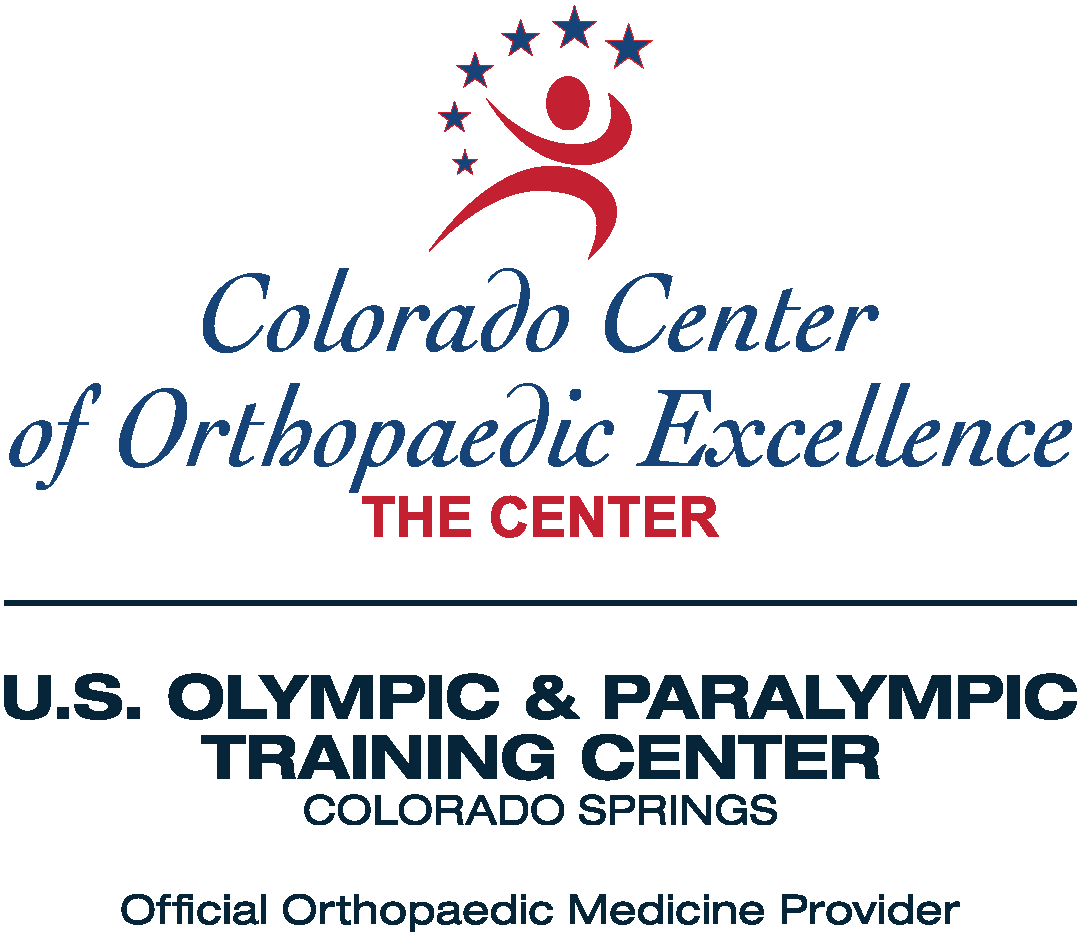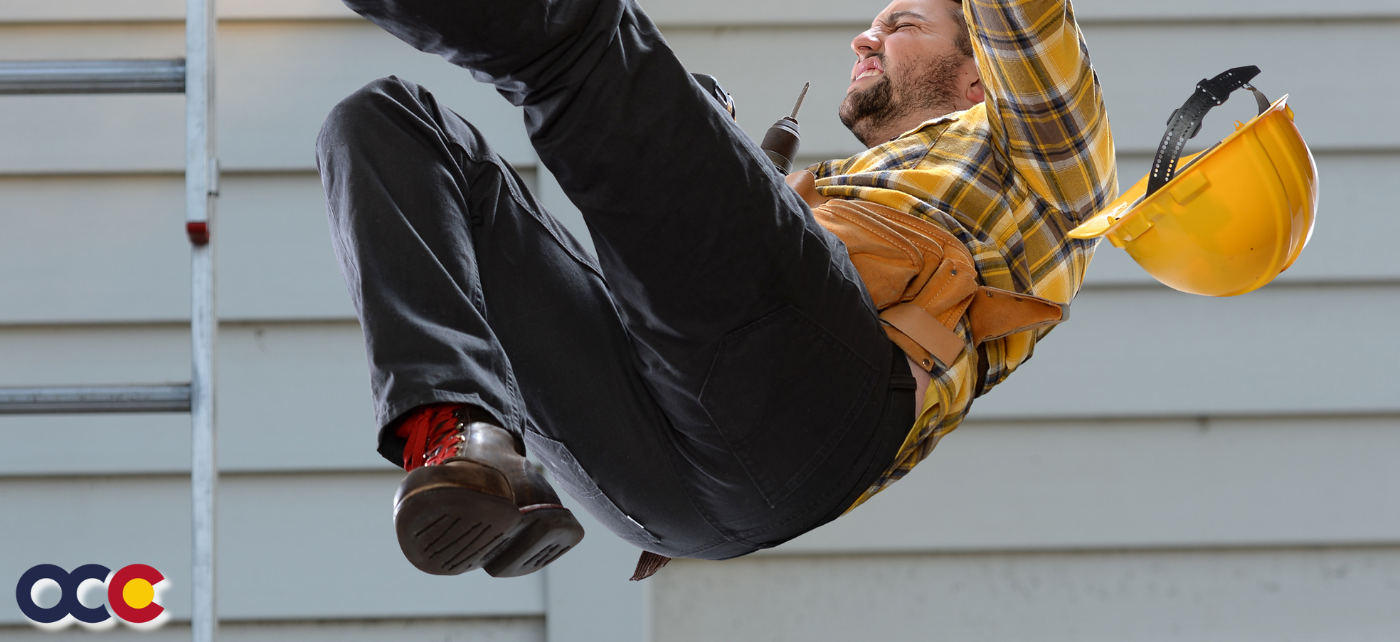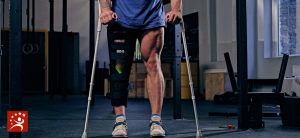Hip dislocation is an injury in which the ball joint of your hip comes out of its socket. A dislocated hip is considered a medical emergency. Both short-term relief and long-term recovery depend on urgent care. A hip dislocation causes acute pain and disables your leg until it’s corrected. It can also cause secondary injuries to the surrounding blood vessels, nerves, ligaments, and tissues. This type of injury can cause long-term damage, especially if it’s not treated right away with quality care. At the Colorado Center of Orthopedic Excellence in Colorado Springs, Colorado, you’ll find the best orthopedic hip specialists with the skill and experience to treat the complexities of any hip dislocation. The quality medical care you receive at CCOE will help you preserve as much of your hip functionality as possible for as long as possible.
OVERVIEW
The hip is normally one of the most secure joints in the body. Unless one has a prosthetic hip or hip dysplasia, it takes a lot of force to cause a hip dislocation, such as in a motor vehicle accident. Hip dysplasia is a developmental condition in which the hip joint doesn’t fit well into the socket. The incidence of hip dislocation has been reported to range from less than 1% to as high as 22%, depending on the patient population or if the dislocation happens to the native hip or a prosthetic hip.
ABOUT THE HIP
The hip joint is a ball-and-socket joint. It is the junction where the hip joins the leg to the trunk of the body. It is comprised of two bones: the thighbone (femur) and the pelvis. The ball, at the top of the femur is called the femoral head. The socket, called the acetabulum, is a part of the pelvis. The ball rotates in the cup-shaped socket, allowing the leg to move forward, backward, and sideways. Surrounding muscles and ligaments and a thick band of cartilage called the labrum stabilize the joint.
WHAT IS A HIP DISLOCATION?
There are different classifications of hip dislocations depending on location and severity.
- Posterior Hip Dislocation: Up to 90% of all hip dislocations are posterior. In this type of injury, the ball is pushed backward out of the socket.
- Anterior Hip Dislocation: Anterior dislocations are much less common, in this type of injury, the femoral head is pushed forward out of the socket. It is possible with an anterior hip dislocation to have a fracture of the femoral head. These are normally seen in side-impact collisions.
- Hip Subluxation: A hip subluxation is when the ball of the hip joint starts to come out of the socket but does not do so fully. A hip subluxation, also known as a partial hip dislocation, can turn into a fully dislocated hip joint if not allowed to heal correctly.
If not adequately treated, a hip dislocation can lead to complications, including sciatic nerve injury and damage and tears in the ligament or soft tissue that lead to impaired range of motion.
Avascular necrosis is the death of tissue in a section of the bone due to a lack of blood supply that is cut off by the dislocated joint.
CAUSES
A hip dislocation usually happens after a severe trauma, including motor collisions and falls from a height. Athletic injuries that can cause a hip dislocation include football, rugby, downhill skiing, and snowboarding. If there is a family history of loose ligaments, one can be more prone to a hip dislocation than others. People who have had a hip replacement are also more at risk of dislocation from ordinary activities.
SYMPTOMS
Symptoms include:
- Acute pain
- Muscle spasms
- Swelling or discoloration at the hip joint
- The leg is rotated inward or outward
- Inability to move the leg
- Loss of feeling in the hip or foot
- The hip is visibly out of place
NON-SURGICAL TREATMENTS
The treatment for a hip dislocation is called a reduction, where the thighbone is gently put back into place in the socket. When there aren’t any secondary injuries, the correction can be done externally (closed reduction). Sometimes a combination of anesthetics and sedatives are given to reduce pain and muscle spasms during the procedure. Typically anesthesia will be given. Physical therapy will be necessary to restore the strength and range of motion in the hip joint.
WHEN IS SURGERY INDICATED?
If there are significant secondary injuries, the reduction may need to be done in the operating room where nerves and blood vessels can also be treated. Surgery may also be recommended when the displaced hip is an artificial hip replacement. The implant may need to be replaced again, or reinforced. Hip arthroscopy can minimize the invasiveness of certain procedures that are used to treat this type of injury. With hip arthroscopy, the surgeon inserts a tiny camera into the hip joint. The camera helps the surgeon make repairs using instruments inserted through other small incisions.
GETTING THE RIGHT DIAGNOSIS. GETTING THE RIGHT DOCTOR.
A hip dislocation is considered an emergency. This is why you should immediately seek help from some of the most highly skilled and experienced orthopedic hip specialists at the Colorado Center of Orthopedic Excellence in Colorado Springs, Colorado. Their expertise in joint care, including hip dislocations, means you can rely on them to find the cause and recommend the right treatment for you. Hip reductions should be performed as soon as possible after the dislocation to prevent permanent complications and the need for invasive treatment. At CCOE, they can often identify a dislocated hip by looking at it. But they will also want to perform a full physical evaluation to check for injuries to the bone, cartilage, and ligaments. They may order imaging tests such as X-rays or a CT scan to better see the position of the bones and screen for any fractures before attempting to correct them. In every case, in every way, they will be there to help you achieve the best outcome with the least pain and discomfort so that you gain maximum mobility. If you are experiencing hip pain, schedule an appointment today.








